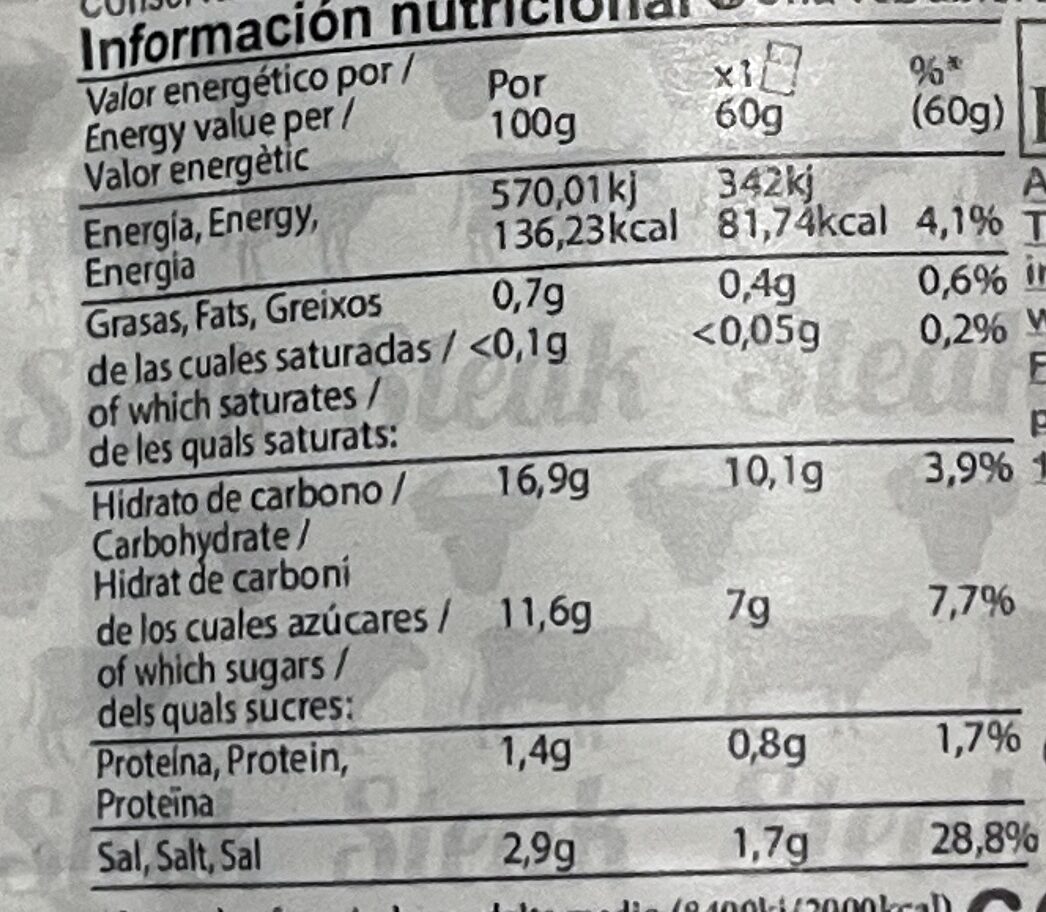Aliño para Steak Tartar - kondimentum - 60 g
This product page is not complete. You can help to complete it by editing it and adding more data from the photos we have, or by taking more photos using the app for Android or iPhone/iPad. Thank you!
×
Barcode: 8411149125110 (EAN / EAN-13)
Common name: Para salsa aderezar tartar de solomillo de vaca
Quantity: 60 g
Packaging: Bag
Brands: Kondimentum
Categories: Condiments, Sauces, es:Aliño para steak tartar, es:Salsa para steak tartar
Origin of the product and/or its ingredients: España
Manufacturing or processing places: España
Countries where sold: Spain
Matching with your preferences
Report a problem
Data sources
Product added on by kiliweb
Last edit of product page on by rogeriocsan.
Product page also edited by roboto-app, thaialagata, yuka.sY2b0xO6T85zoF3NwEKvlkZ6bfH_gW3bbDvRxXOM4oapCpnKcc9bzLXbF6s.













